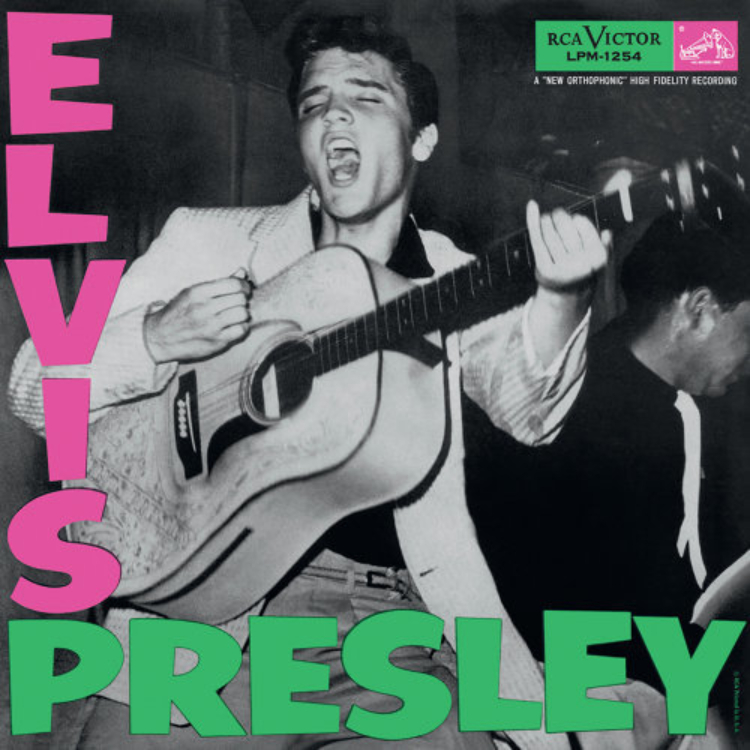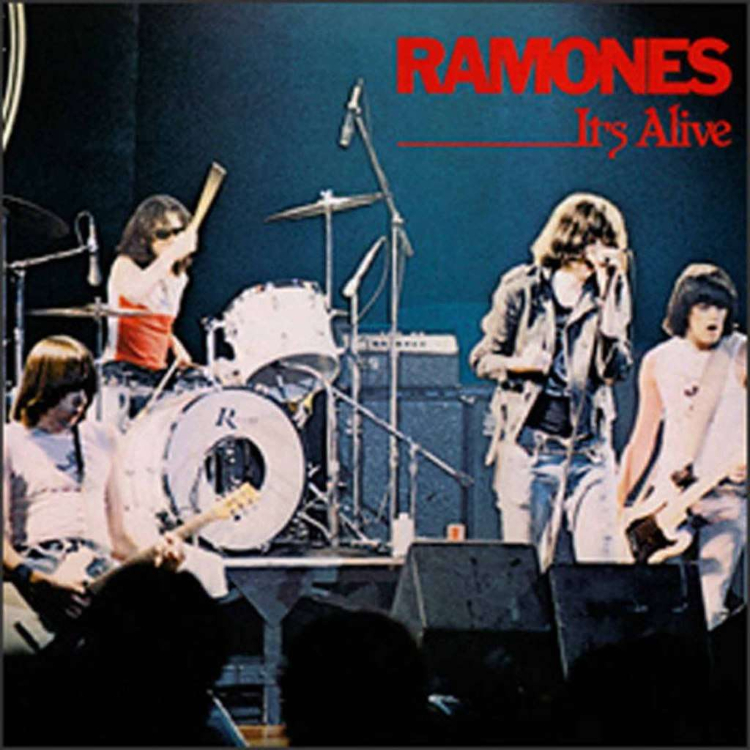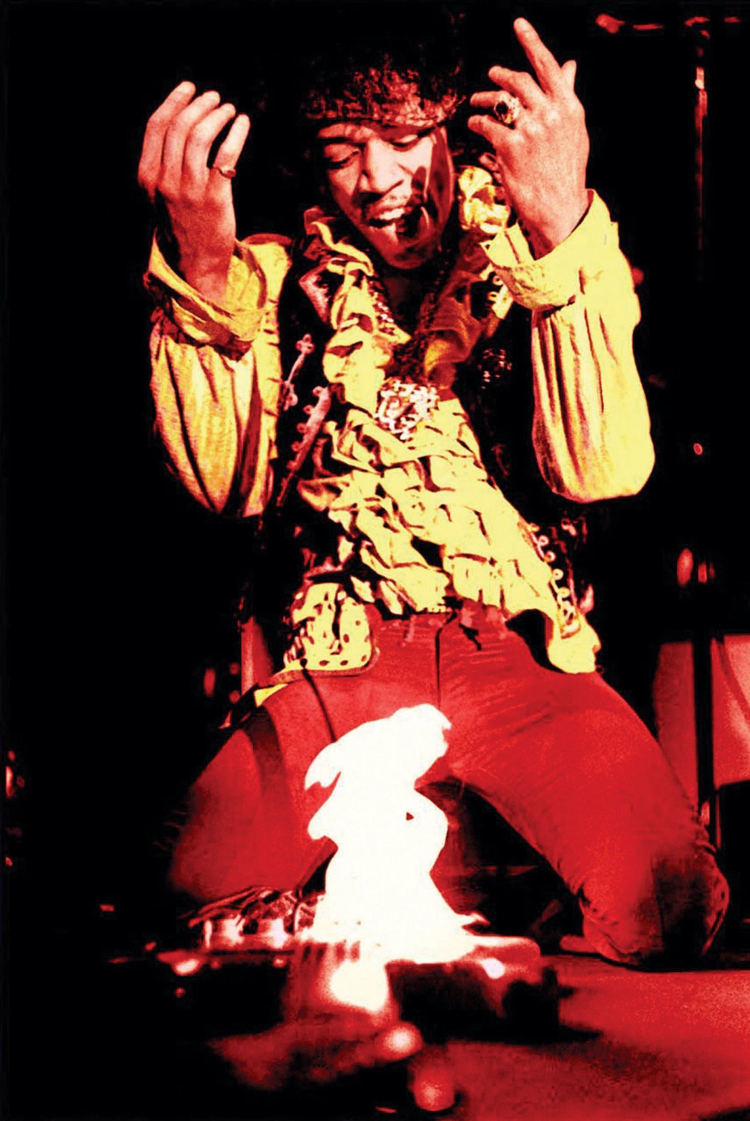Freeze Frame | The Paradoxes of Concert Photography
Two of the most famous photographs of Elvis are the cover of his debut album and a shot of him onstage, where he leans into the microphone, doused in sweat, his face white against the blackness of the background. On the cover of that first LP his right hand thrashes at the strings of his guitar as he throws his head back and howls from the stage. In the first image Elvis smoulders like an ember among coals. In the second he leaps from the picture like a lightning fork. A shock of motion that jars against the stasis of the first photograph.

That motion separates concert photography from the posed picture. Photographs do not move. But in a photograph of a live performance there is the suggestion of motion where, say, an LP cover’s posed sleeve is stuck fast. The cover of Ramones is a dead-on shot of its four musicians slouched against a brick wall. But the live photo chosen as the cover of the Ramones’ concert-album, It’s Alive, sparks with the movement that is the core of rock ‘n’ roll. Its backbeat is what distinguishes it from other genres. It is what powers the music and drives it onwards across the record’s grooves.

Concert photography attempts to capture a moment of that motion. The fact that photographs are of the quickest instances gives them a punch that contrasts with painting, which is fixed in our minds as a long and drawn-out process. For that reason concert photography is the best possible visual representation of music, but is still inadequate. It is the closest we can get to pictures of rock ‘n’ roll itself, yet is still far from being representative of it. The obvious reason for this is that a camera cannot capture the music shaking the airwaves. But there are also other reasons, ideological and temporal ones.
Rock ‘n’ roll celebrates motion. It emerged from the rubble of World War II and became the vehicle that young generations steered towards their independence. There is motion to the music and it is of motion – the forward progression of the post-war world. No picture can move, making concert photography a paradoxical art. Just as zoos celebrate the wild and its animals by taming them, concert photography freezes rock ‘n’ roll, trapping it in memory and the past and divorcing it from its locomotive ideals. It can be said that every picture taken of rock ‘n’ roll captures its ageing process. Through photography we can watch it fade into the past even as the photographs become ever more recent.
Rock ‘n’ roll is a postmodern music. Its main instrument, the solid-body electric guitar, was a new invention at its beginnings. Its lyrics celebrated the attitudes and values of the time, and the voices of Elvis, Little Richard and Gene Vincent growled and roared in the face of old modernity. As the movement gathered pace and rolled into the 1960s, the emphasis was placed even more on the moment. Living now was the central philosophy of the hippies’ sex, drugs and rock ‘n’ roll lifestyle. Photographs of rock ‘n’ roll concerts are the closest we can get to images of the music. But to add another paradox, they are also the opposite of it.
Photographs come laden with nostalgia. They are always of the past and rock ‘n’ roll was about the present. Even the hippies’ activism was about changing the world right then. The future was alien and the past was static; the moment was whatever you made it. It was often made into photographs. From then on it ceased to be “the” moment, and became one among infinity.
Photography cannot capture music, so it instead documents the culture and society that surrounds it, snatching the defining moments of eras from the time stream. Where the rhythms and passions of the music are lost we gain a glimpse at history. In a sense, photographs are a generation’s memories. I cannot see the flickering of the flames that ate Jimi Hendrix’s Stratocaster at the Monterey Pop Festival, but I can see them in a photograph and imagine that sight’s impact. I cannot witness the Sex Pistols’ chaotic 1976 gig at Manchester’s Free Trade Hall. However, I can learn from these memories that are not mine. The function of the past is to teach, making visual literacy vital to attaining an understanding of humanity.

The skill of reading photographs is the skill of reading mankind’s history since photography’s invention in the 1800s. If we cannot read photographs we have cut ourselves off from our past. Then by refusing to look at our lowest ebbs we have also turned away from our highest peaks. We have put a barrier of ignorance between now and the future that stretches out from us as infinite opportunities.
Rock ‘n’ roll was about seizing those opportunities as they revealed themselves in the present. While photographs are of the past, the act of photographing is an attempt to freeze a present instant. The photographer sees something now, decides it should be seen in the future, and captures it as it was moments ago, so that it lasts years instead of nanoseconds, as the photographs of Bob Dylan, David Bowie and Tom Waits that hang over my writing desk have.

Dylan sits on a porch’s steps in a crowd of onlookers and strums a guitar, looking at a woman with one eyebrow cocked. Her head is at an angle, as if she is looking at him with curiosity. I look at these photos, these instances, and ask questions of them. I want to know how Dylan got to be on that porch and where Waits got his cigar and is Bowie looking into or beyond the camera. Like all good lessons, photography asks as many questions as it answers. It shows us what we were and asks us what will we be. If we do not read them they become, paradoxically, both.

